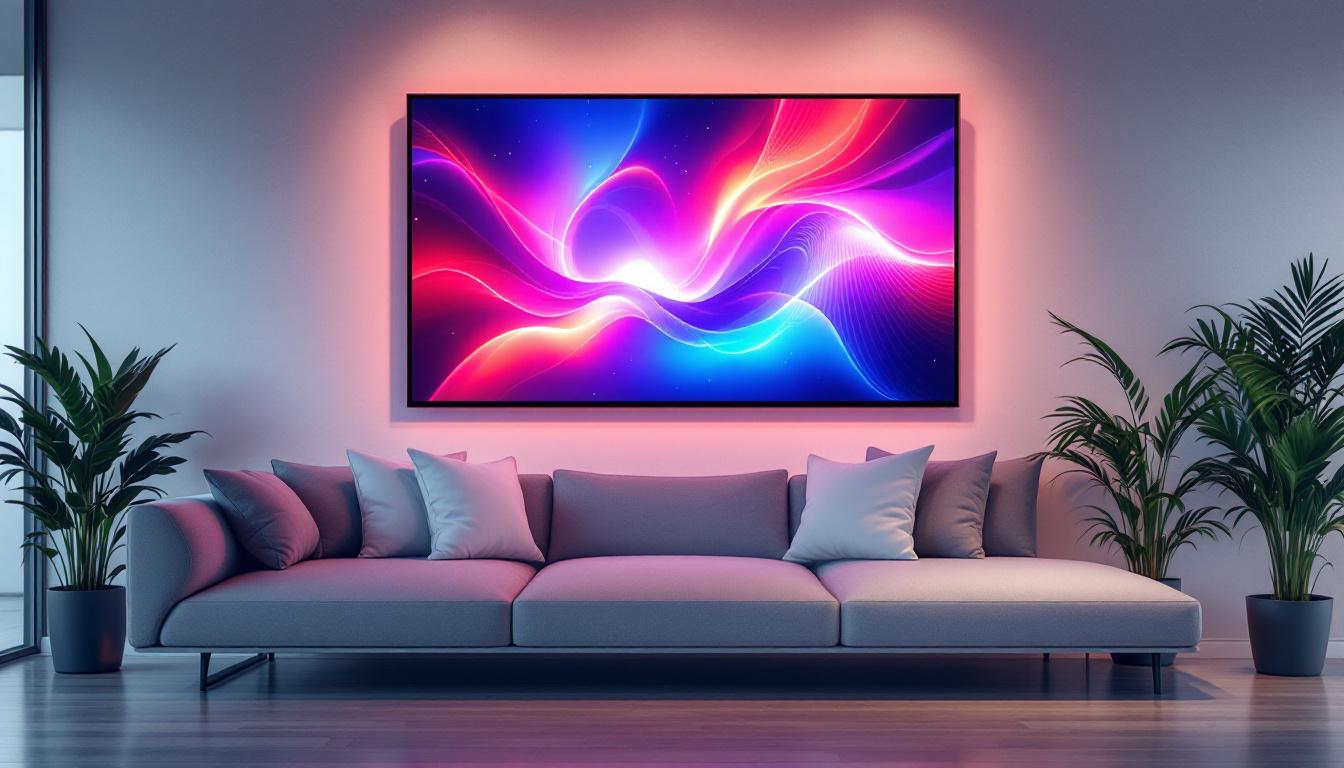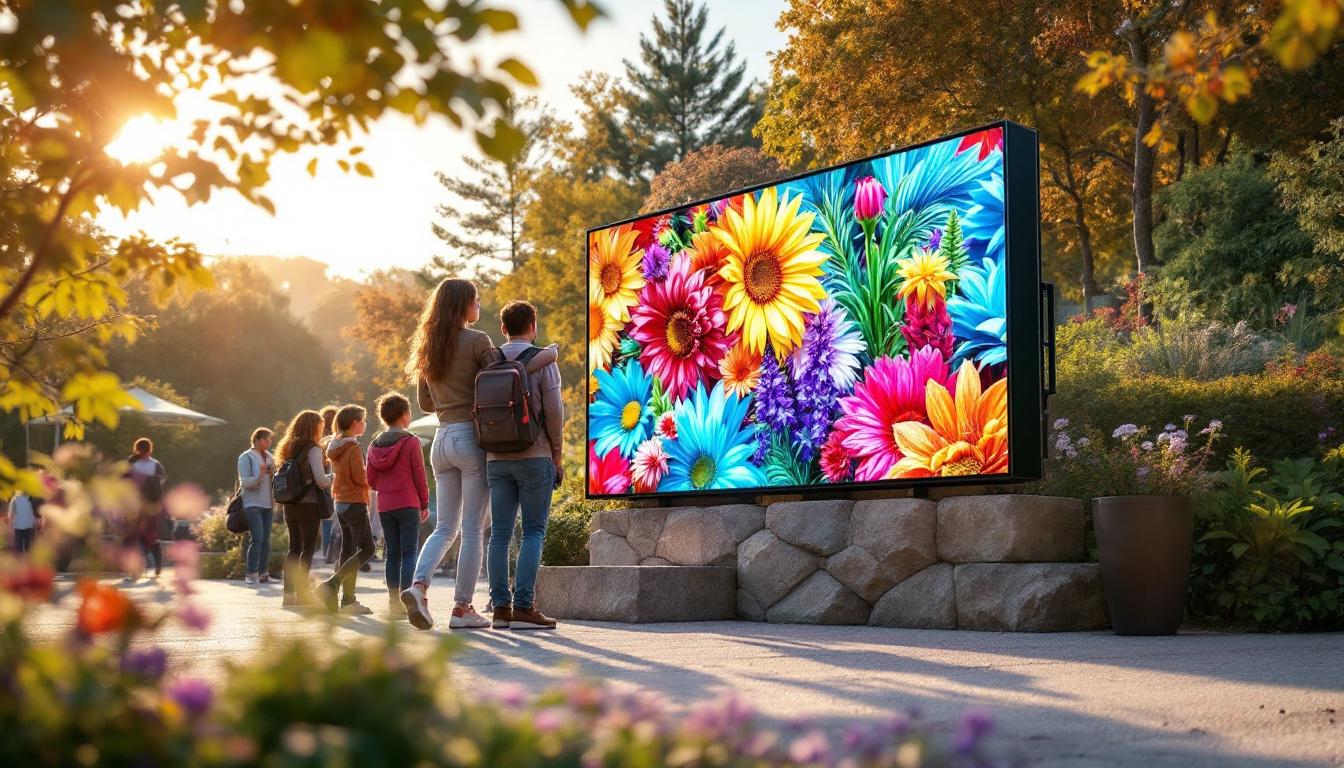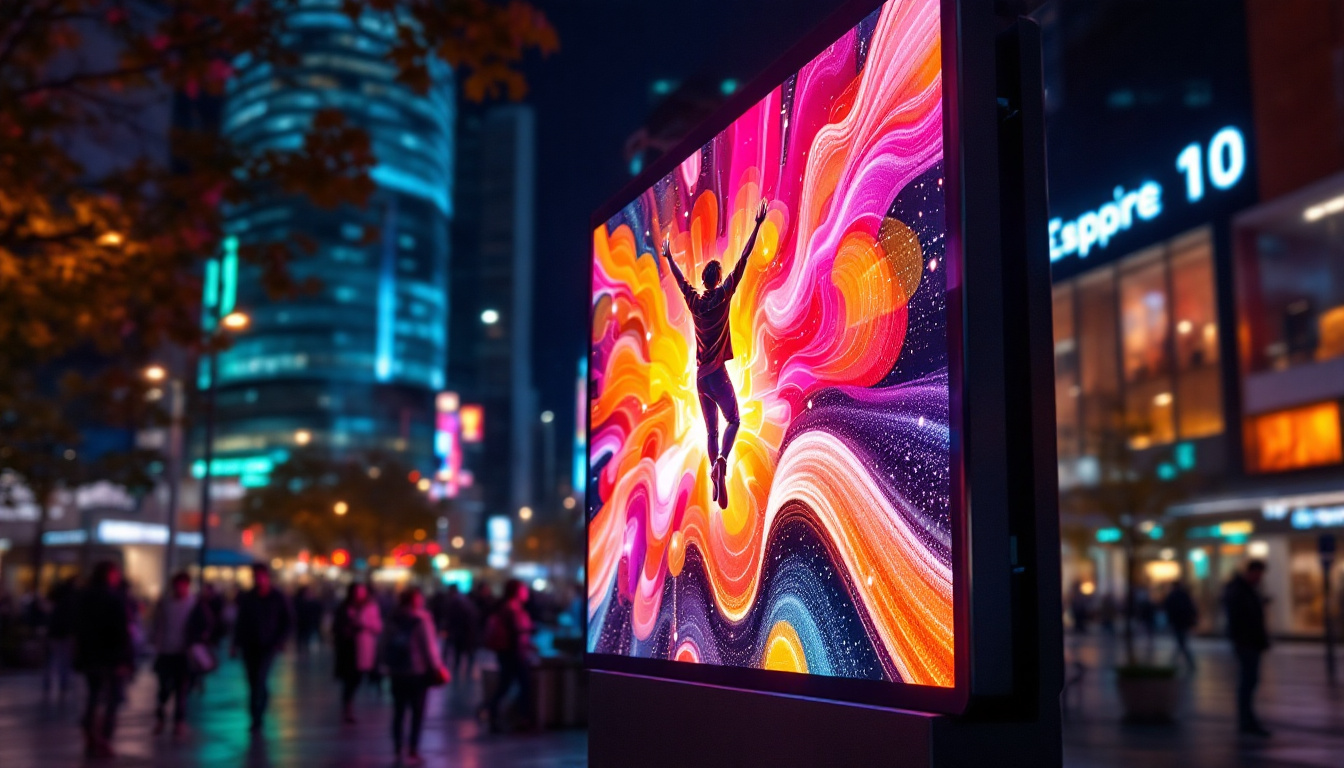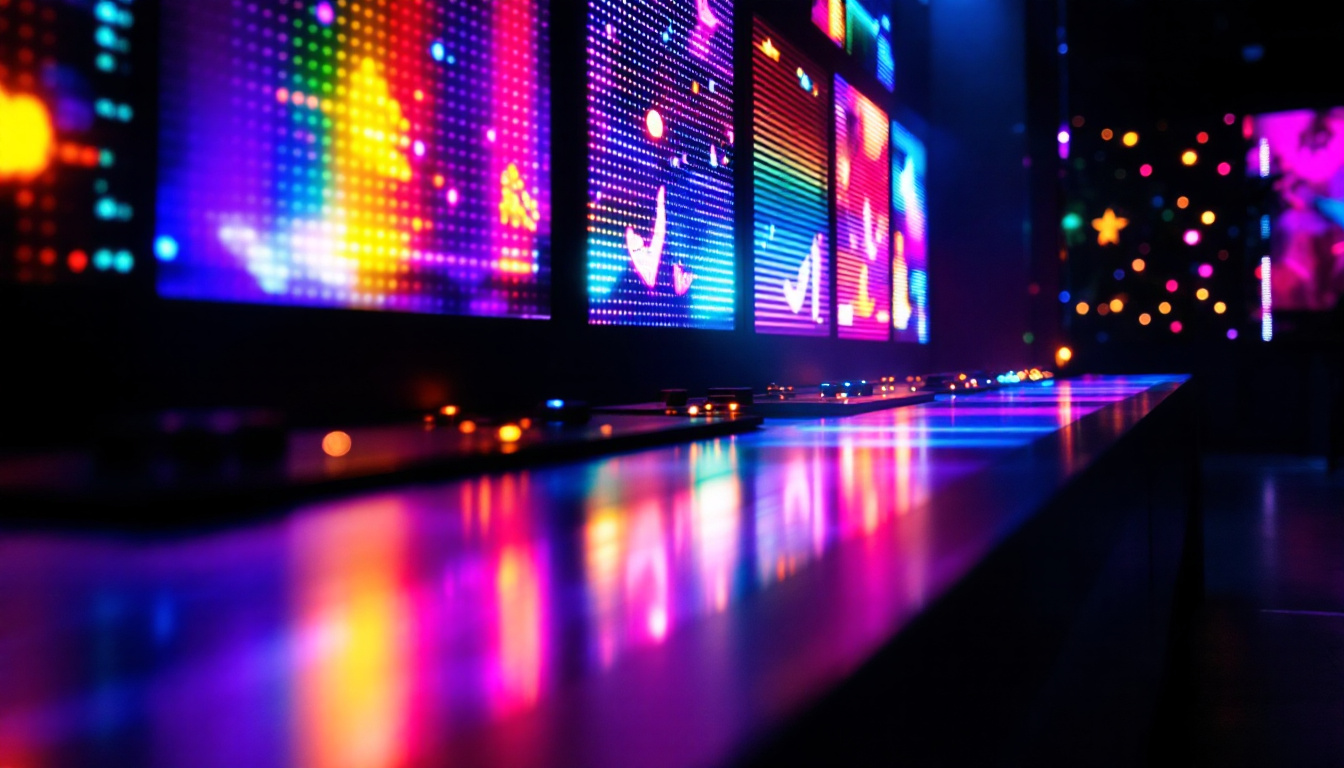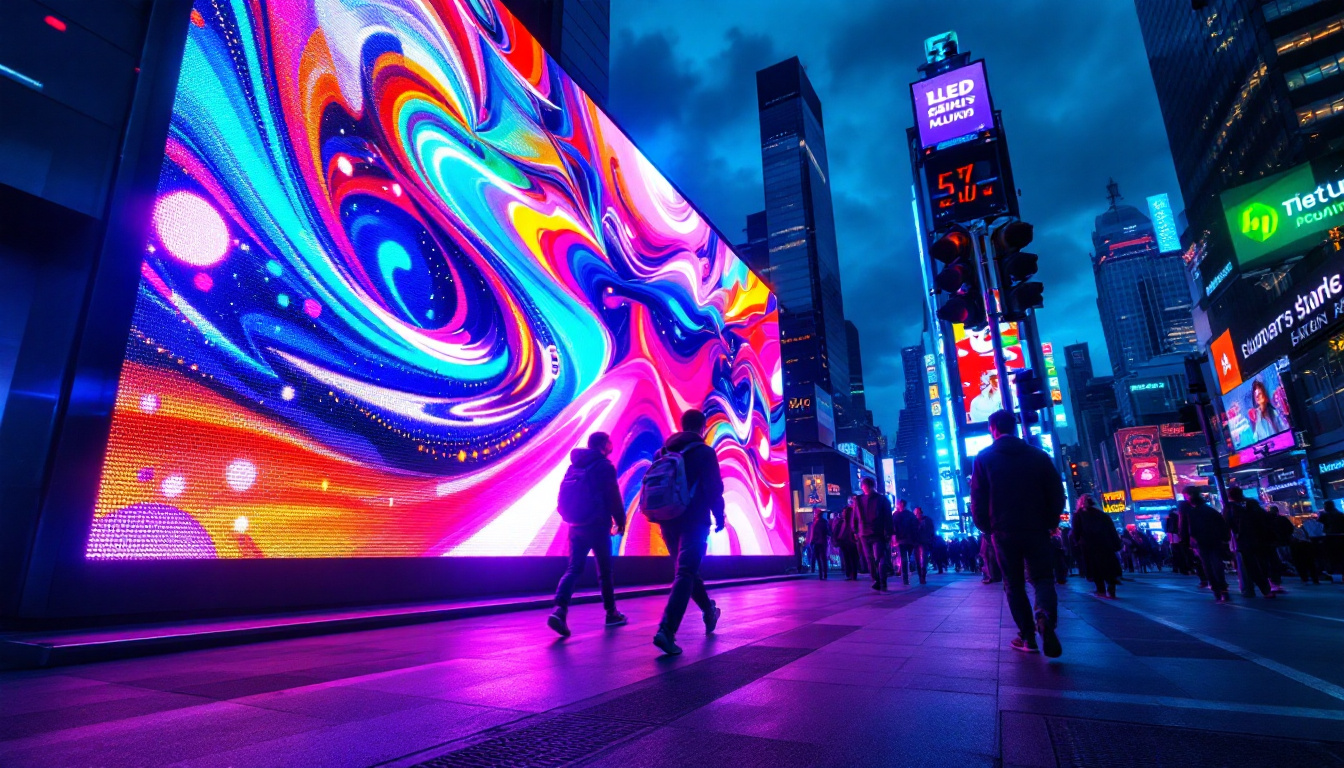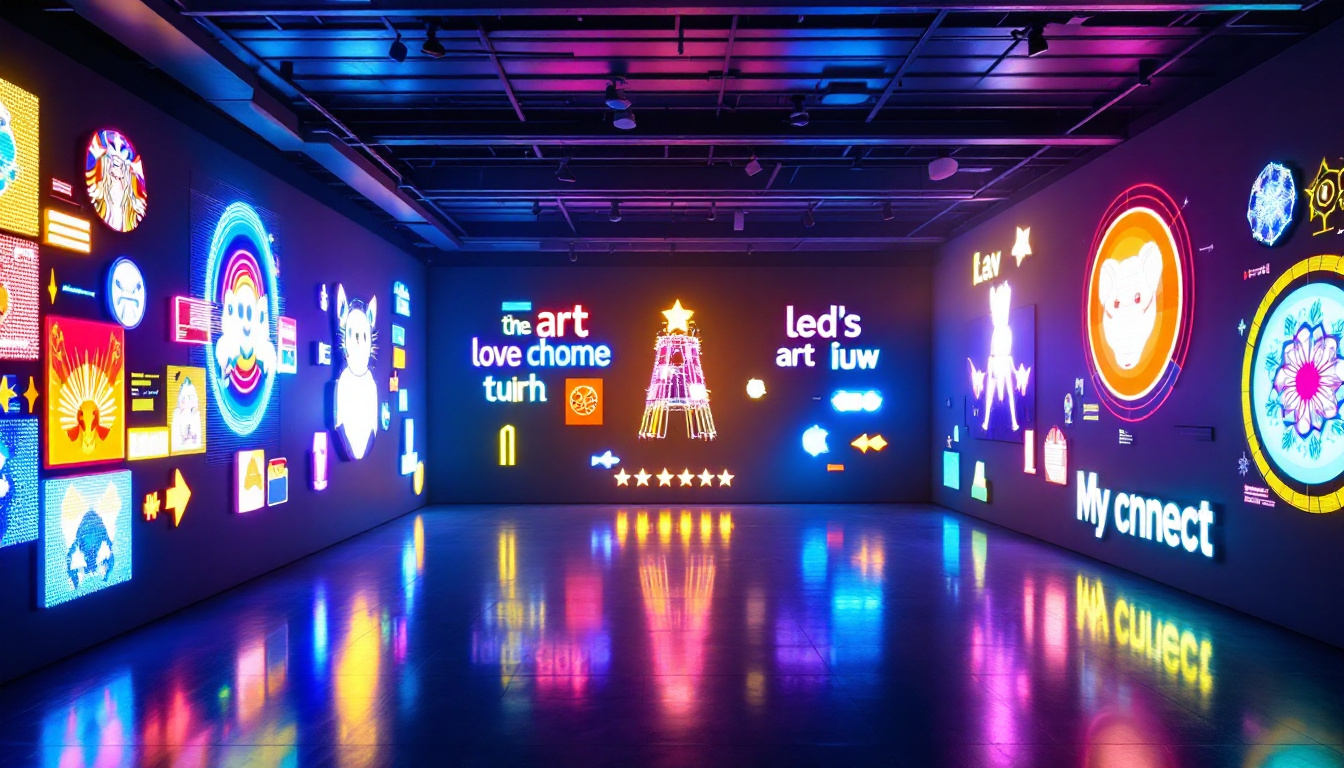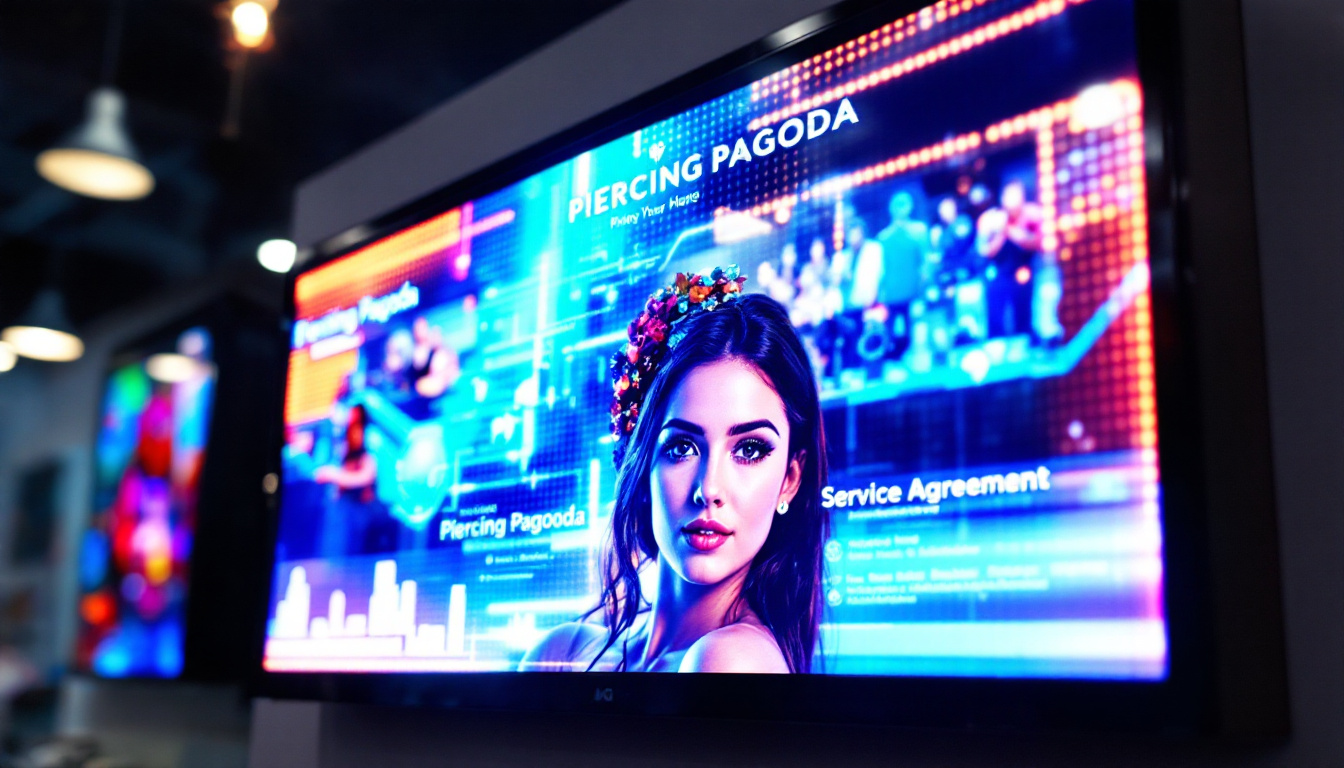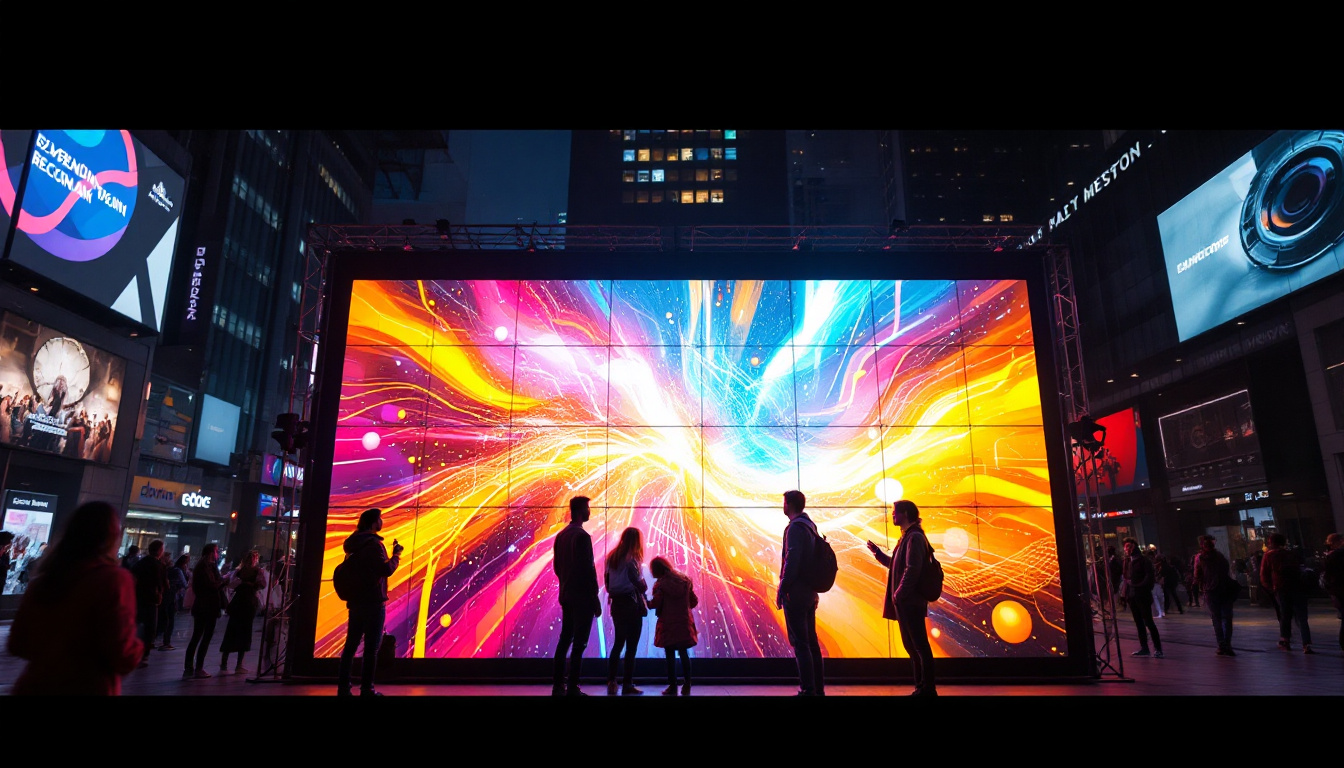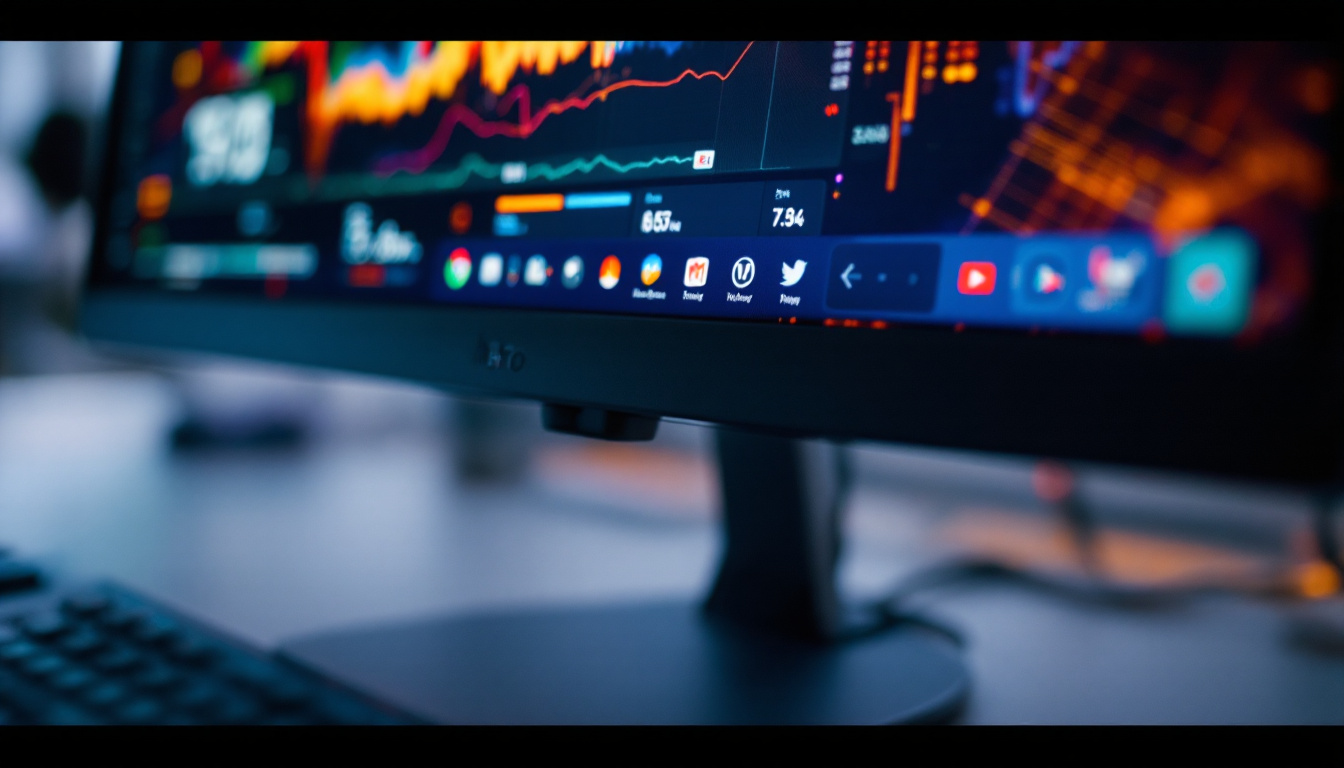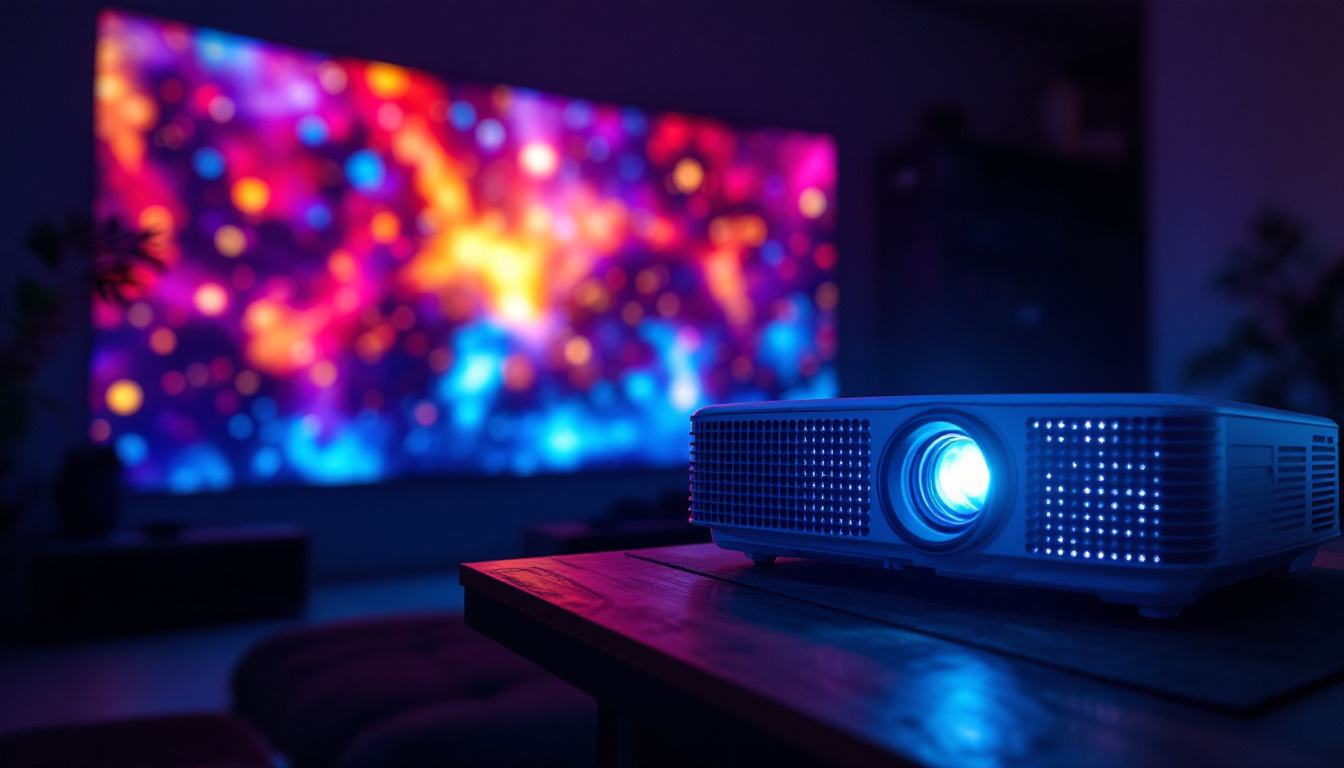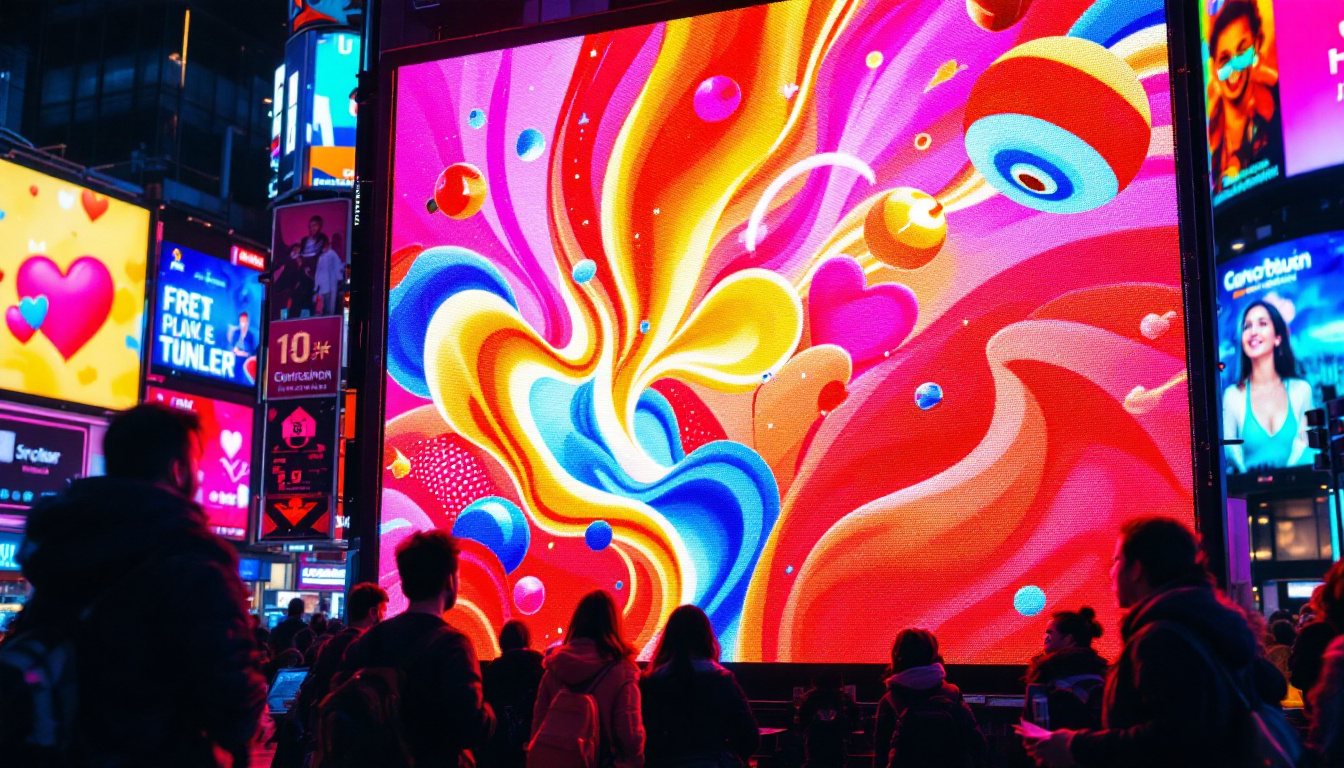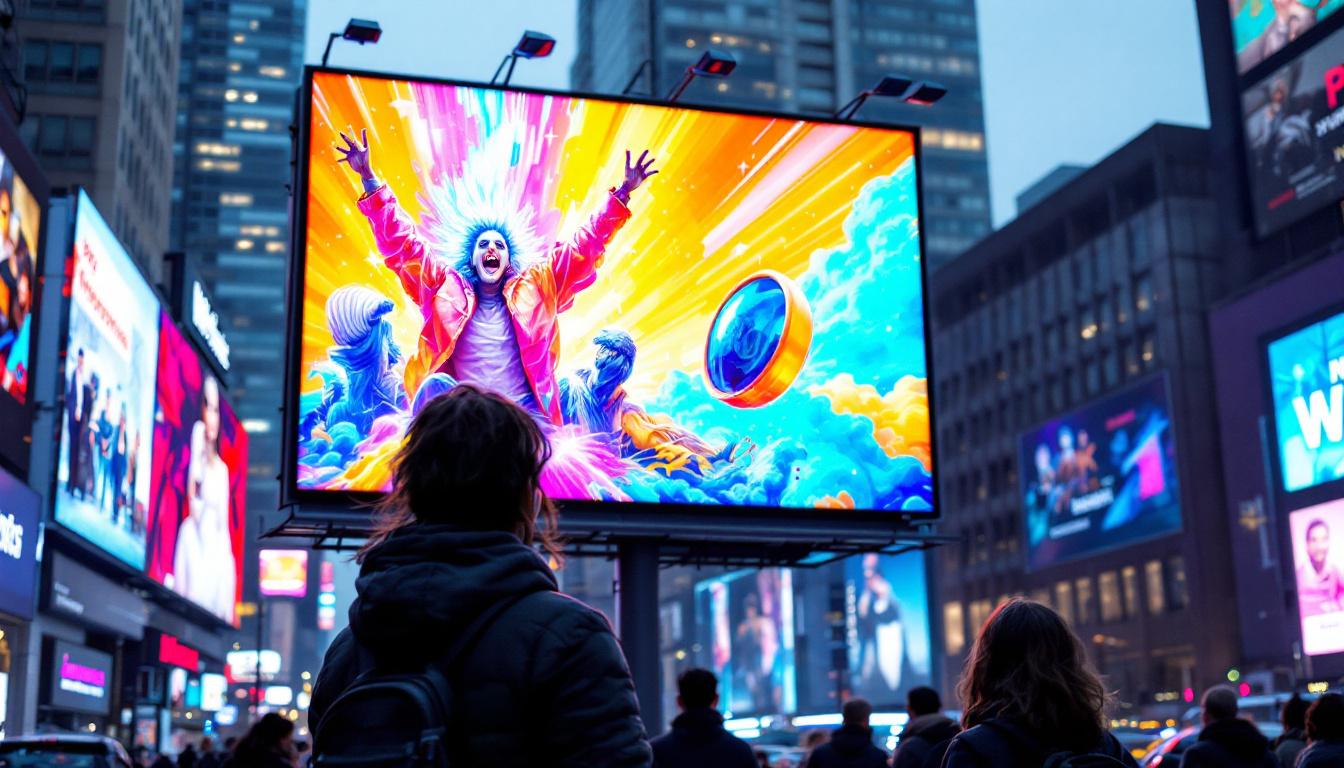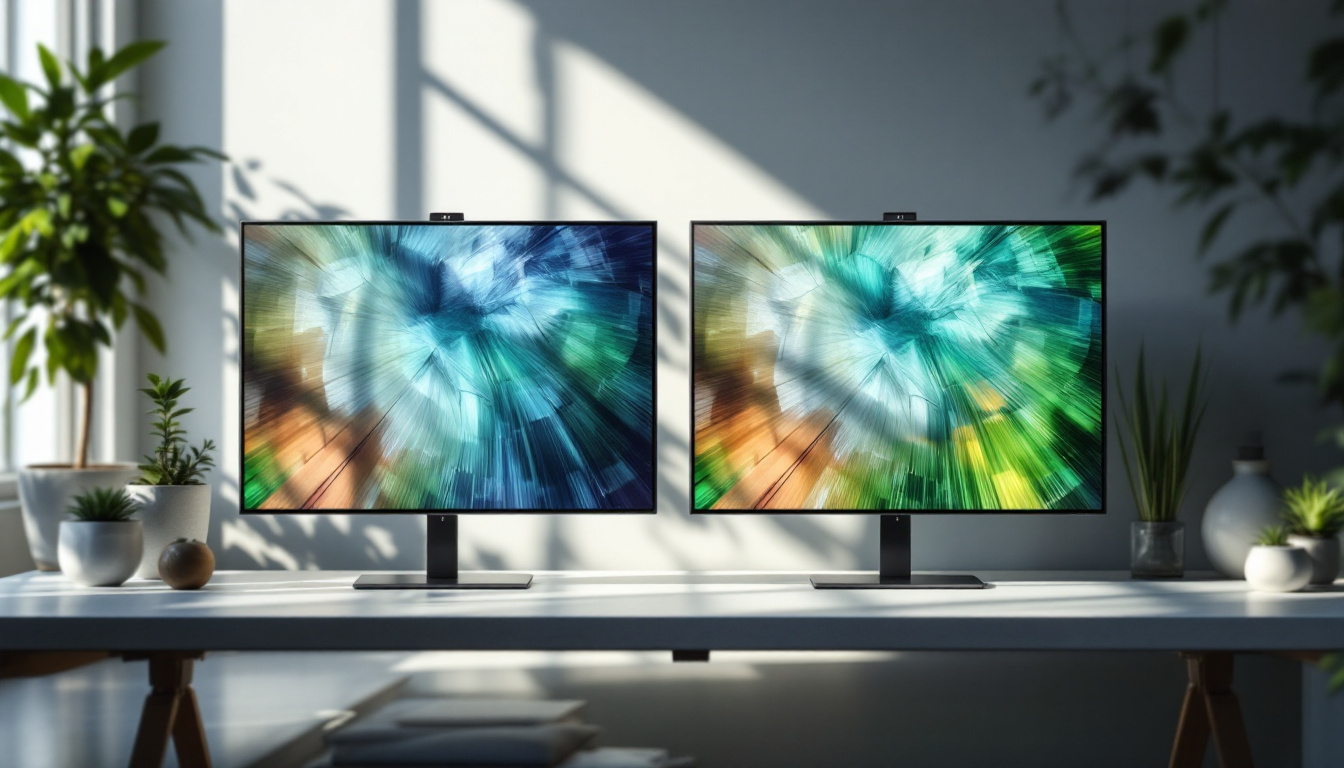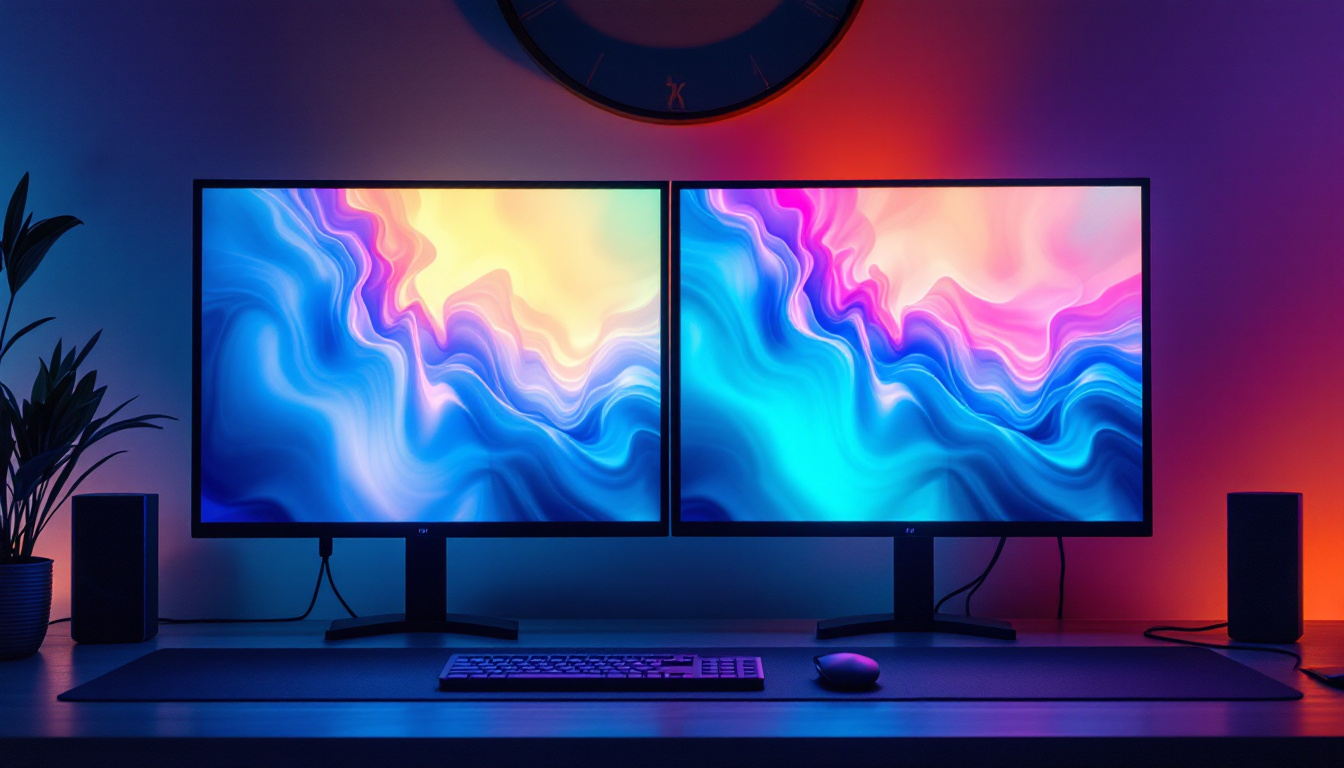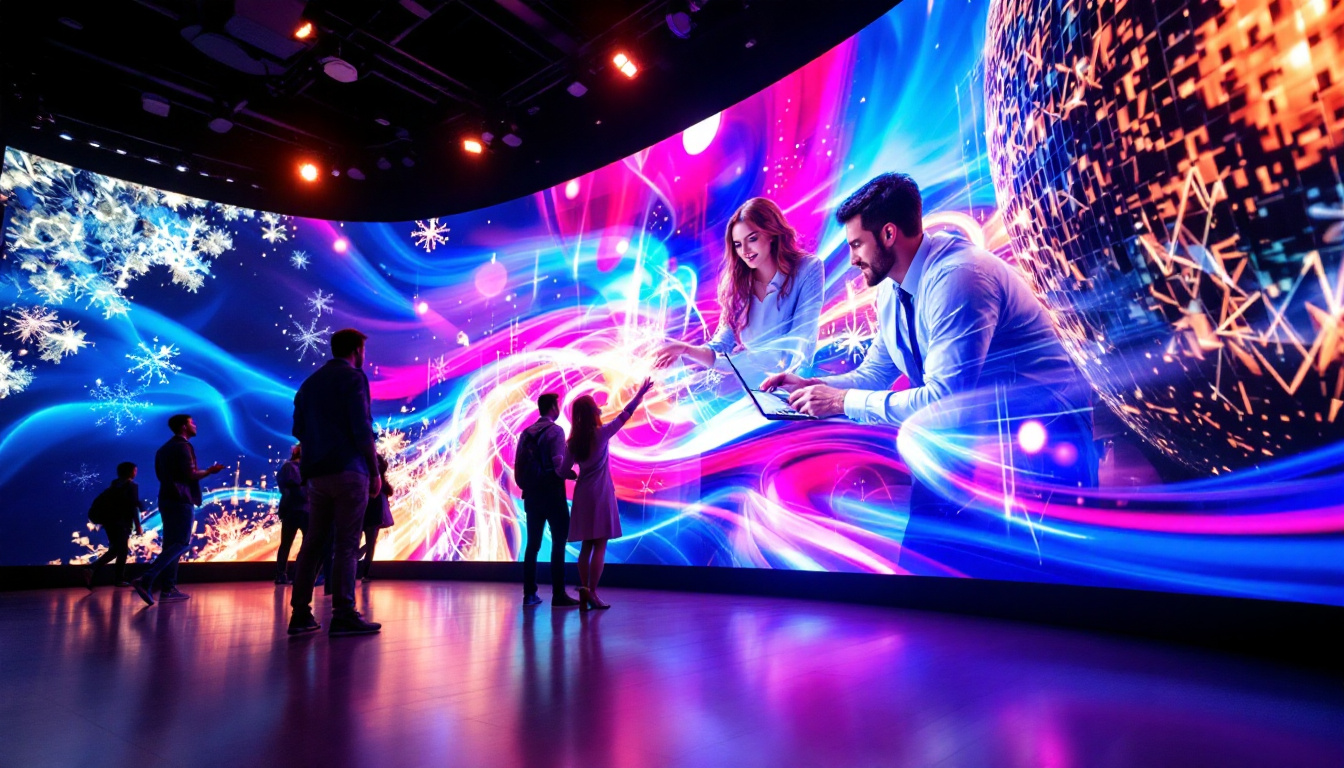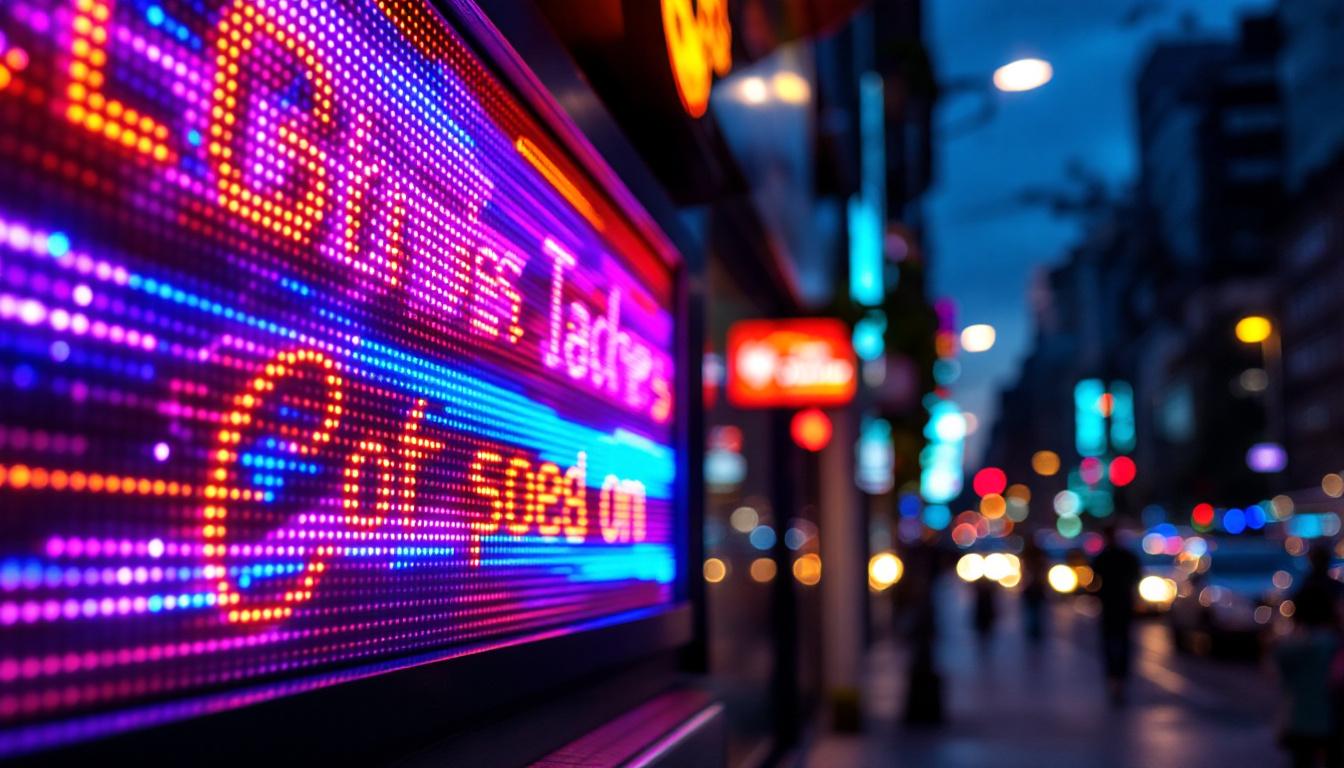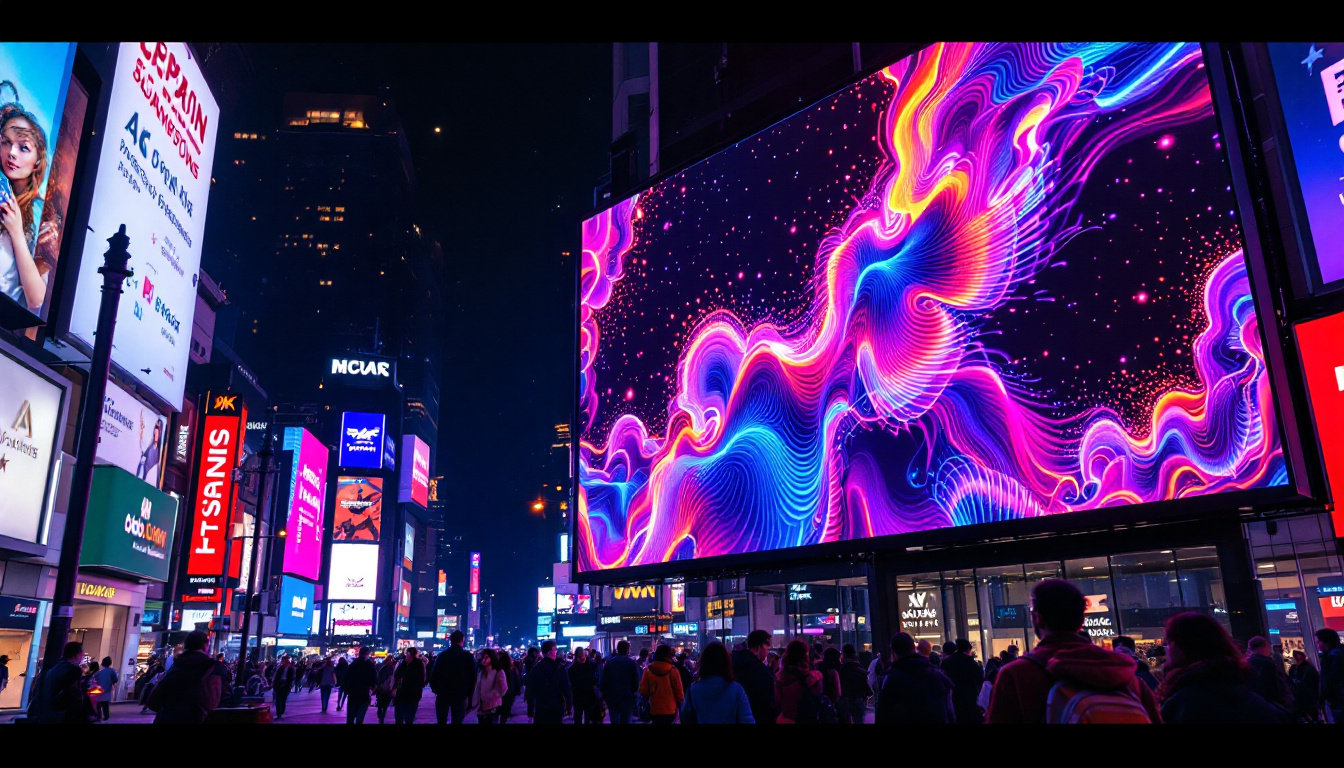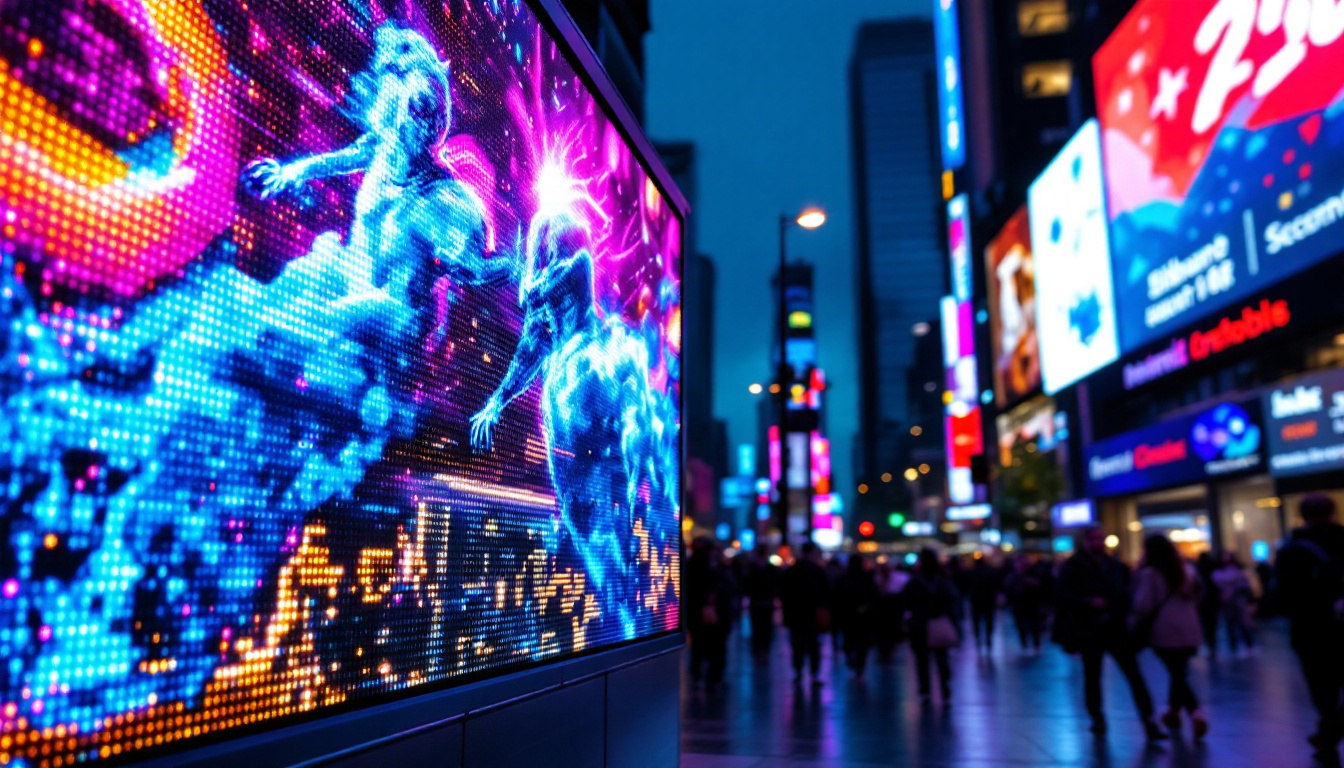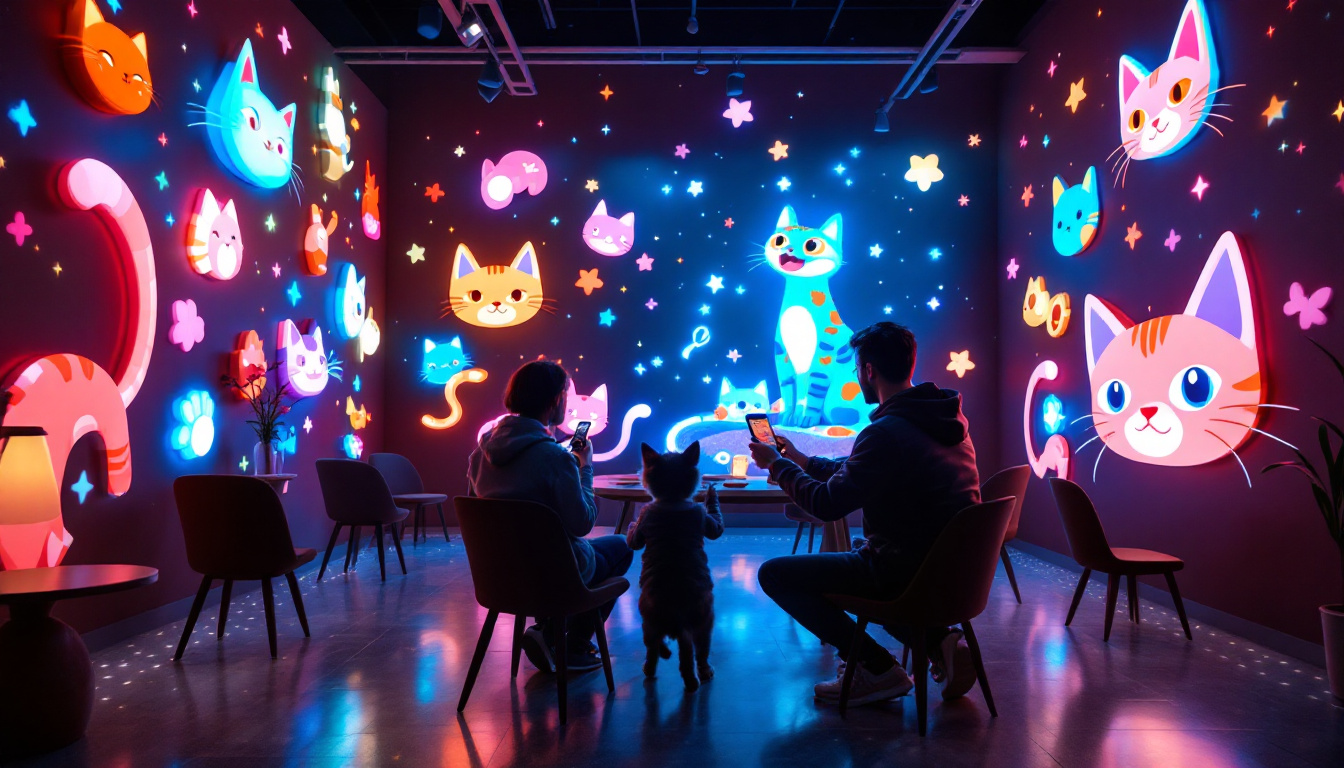In today’s fast-paced world, visual communication is more important than ever. From advertising billboards to dynamic office interiors, LED displays have revolutionized how information and images are presented on walls. This article explores the technology behind LED boards designed for wall mounting, their applications, benefits, and considerations for choosing the right display.
Understanding LED Display Technology
LED, or Light Emitting Diode, technology has evolved significantly since its inception. At its core, an LED display is a matrix of tiny light sources that emit light when an electric current passes through them. These displays are capable of producing vibrant colors, high brightness, and sharp images, making them ideal for both indoor and outdoor use. The versatility of LED technology has led to its widespread adoption across various industries, from advertising to entertainment, and even in the realm of art installations.
How LED Displays Work
Each LED display consists of numerous pixels, with each pixel made up of red, green, and blue diodes. By varying the intensity of these diodes, the display can create a broad spectrum of colors. The pixels are arranged in a grid, and the density of pixels per square inch—known as pixel pitch—determines the image resolution and clarity. This technology allows for the seamless integration of dynamic content, enabling displays to showcase everything from high-definition videos to intricate animations.
For wall-mounted LED boards, pixel pitch is a crucial factor because it affects viewing distance and image sharpness. A smaller pixel pitch means higher resolution and better image quality at close range, which is essential for indoor displays in offices or retail environments. Additionally, advancements in LED technology have led to the development of high dynamic range (HDR) displays, which enhance contrast and color accuracy, providing viewers with a more immersive experience.
Types of LED Displays for Walls
LED displays designed for wall mounting come in several formats:
- Indoor LED Displays: These are optimized for controlled lighting environments. They offer high resolution and brightness levels suitable for close viewing distances. Common applications include conference rooms, shopping malls, and museums, where clarity and detail are paramount.
- Outdoor LED Displays: Built to withstand weather conditions, these displays have higher brightness to combat sunlight glare and are often sealed against moisture and dust. They are frequently used in billboards, sports arenas, and public transportation stations, ensuring that messages remain visible even in direct sunlight or adverse weather.
- Transparent LED Displays: These innovative panels allow light to pass through while displaying images, making them perfect for glass walls or storefronts without obstructing views. This technology not only enhances aesthetic appeal but also provides businesses with a unique way to engage customers while maintaining an open and inviting atmosphere.
- Flexible LED Displays: Designed with bendable materials, these can conform to curved walls or creative architectural shapes. This flexibility opens up new possibilities for designers and architects, allowing for eye-catching installations that can transform spaces into dynamic visual experiences.
As the demand for visually striking displays continues to grow, manufacturers are constantly innovating to improve the efficiency and performance of LED technology. New developments, such as microLED and miniLED technologies, promise even greater brightness, contrast, and color accuracy, paving the way for future advancements in display technology. Furthermore, the integration of smart technology into LED displays allows for real-time content updates and interactivity, making them an essential tool for modern communication and advertising strategies.
Applications of Wall-Mounted LED Boards
The versatility of LED displays has led to their widespread adoption across various sectors. Their ability to attract attention and convey dynamic content makes them invaluable tools for communication and branding.
Commercial and Retail Spaces
Retailers use LED wall displays to showcase promotions, new products, and engaging visuals that enhance the shopping experience. For example, fashion stores often install large LED walls to display runway footage or seasonal campaigns, creating an immersive environment that encourages customer engagement.
According to a study by the Digital Signage Federation, dynamic digital signage can increase customer engagement by up to 30%, demonstrating the effectiveness of LED displays in retail settings. Additionally, the ability to tailor content based on time of day or customer demographics allows retailers to optimize their messaging, ensuring that promotions resonate with the target audience. This level of customization not only boosts sales but also fosters a deeper connection between brands and consumers.
Corporate Environments
In offices and corporate headquarters, LED boards serve multiple purposes—from displaying company news and performance metrics to creating visually impressive reception areas. The ability to update content remotely and in real time allows businesses to maintain fresh and relevant messaging. Moreover, these displays can be integrated with social media feeds and live data, providing employees and visitors with a dynamic overview of the company’s achievements and culture.
Furthermore, LED boards can enhance internal communication by showcasing employee achievements, upcoming events, and motivational quotes, which can contribute to a positive workplace atmosphere. By fostering a sense of community and transparency, companies can improve employee morale and engagement, ultimately leading to higher productivity levels.
Public Spaces and Transportation Hubs
Airports, train stations, and city centers utilize large LED wall displays for wayfinding, advertising, and public announcements. Their high visibility and brightness ensure that information is accessible even in crowded or brightly lit environments. These displays can also be programmed to provide real-time updates on schedules, delays, and important safety information, enhancing the overall travel experience for passengers.
In addition, LED boards in public spaces often serve as platforms for local businesses to promote their services, creating a vibrant community atmosphere. By showcasing local events, attractions, and cultural highlights, these displays not only inform but also engage the public, encouraging exploration and interaction within the community.
Entertainment and Events
Concerts, theaters, and sports arenas rely heavily on LED walls to enhance the audience experience. These displays provide live feeds, replays, and interactive content that keep attendees engaged and informed. The use of LED technology in entertainment venues allows for stunning visual effects, transforming the atmosphere and elevating performances to new heights.
Moreover, during large-scale events, LED boards can facilitate audience participation through interactive features such as live polls or social media integration, where attendees can share their experiences in real-time. This not only creates a sense of community among the audience but also provides organizers with valuable feedback and insights into audience preferences, paving the way for future improvements and innovations in event planning.
Benefits of Using LED Boards on Walls
Choosing LED displays for wall applications offers several advantages over traditional signage and display technologies.
High Brightness and Visibility
LED displays can achieve brightness levels exceeding 1,000 nits for indoor use and up to 8,000 nits or more outdoors. This ensures content remains visible under various lighting conditions, from dim conference rooms to direct sunlight.
Energy Efficiency and Longevity
Compared to LCD or projection systems, LED technology is more energy-efficient, reducing operational costs. Modern LEDs also have a long lifespan, often rated between 50,000 to 100,000 hours, minimizing maintenance and replacement expenses.
Dynamic and Flexible Content
LED boards can display a wide range of content types, including videos, animations, text, and live data feeds. This flexibility allows for creative marketing campaigns and real-time updates, which are impossible with static signage.
Space-Saving and Aesthetic Appeal
Wall-mounted LED displays are slim and can be custom-sized to fit any space, making them ideal for environments where floor space is limited. Their sleek design also contributes to a modern and professional atmosphere.
Choosing the Right LED Display for Your Wall
Selecting the appropriate LED board involves considering several factors to ensure the display meets your specific needs.
Pixel Pitch and Resolution
As mentioned earlier, pixel pitch determines how clear the image will be at a given viewing distance. For indoor walls where viewers are close, a pixel pitch of 1.2mm to 2.5mm is common, providing crisp visuals. Outdoor displays typically have larger pixel pitches, such as 4mm to 10mm, since viewers are farther away.
Size and Aspect Ratio
The physical dimensions of the LED board should complement the wall space available and the intended viewing distance. Aspect ratio also matters—common ratios like 16:9 or 4:3 are suitable for video content, while custom ratios may be needed for unique architectural spaces.
Brightness and Environment
Consider the ambient lighting where the display will be installed. Indoor environments require lower brightness to prevent eye strain, whereas outdoor or brightly lit areas need higher brightness levels to maintain image visibility.
Installation and Maintenance
Wall-mounted LED boards must be securely installed to ensure safety and durability. Additionally, accessibility for maintenance is important. Many LED panels are designed with front-service capabilities, allowing for easy repairs without dismantling the entire display.
Control Systems and Connectivity
Modern LED displays come with advanced control systems that support remote content management, scheduling, and integration with other digital platforms. Ensuring compatibility with your existing network and content management tools is essential for seamless operation.
Future Trends in Wall-Mounted LED Displays
As LED technology continues to advance, new trends are shaping the future of wall-mounted displays.
MicroLED and MiniLED Innovations
MicroLED technology, which uses even smaller LEDs than traditional displays, promises higher resolution, better color accuracy, and improved energy efficiency. MiniLED backlighting is also enhancing LCD displays, narrowing the gap between LED and other display technologies.
Interactive LED Walls
Touch-sensitive and sensor-integrated LED walls are becoming more common, enabling interactive experiences in retail, education, and corporate environments. These interactive displays can respond to gestures, touch, and even facial recognition.
Integration with IoT and AI
Smart LED walls connected to the Internet of Things (IoT) can adapt content based on environmental data, audience demographics, and real-time analytics. Artificial intelligence can automate content optimization, making displays more relevant and engaging.
Conclusion
Wall-mounted LED displays represent a powerful medium for visual communication, combining technological sophistication with practical benefits. Whether used in retail, corporate settings, public spaces, or entertainment venues, these displays offer unmatched brightness, flexibility, and impact.
Understanding the technology, applications, and key considerations will help businesses and organizations make informed decisions when investing in LED boards for walls. As innovations continue to emerge, LED displays will only become more integral to how spaces communicate and captivate audiences.
Illuminate Your Space with LumenMatrix
Ready to elevate your visual communication with unparalleled brightness and flexibility? Discover LumenMatrix’s innovative LED display solutions, crafted to transform any environment into a dynamic visual spectacle. From vibrant Indoor and Outdoor LED Wall Displays to captivating LED Posters and Transparent Displays, LumenMatrix offers a comprehensive range of products designed to captivate your audience. Embrace the future of digital signage and create immersive experiences with our state-of-the-art LED technology. Check out LumenMatrix LED Display Solutions today and bring your brand’s message to life with clarity and impact.

